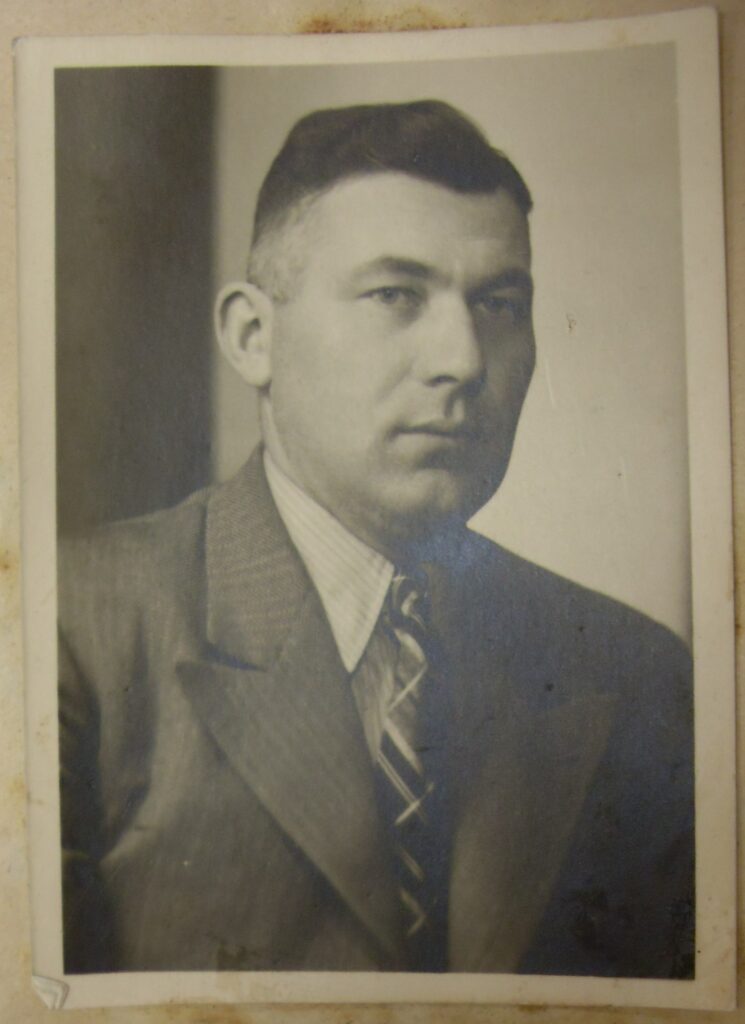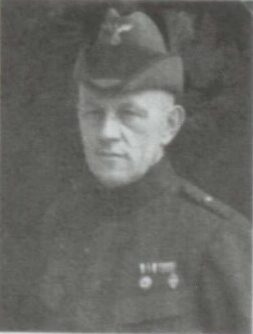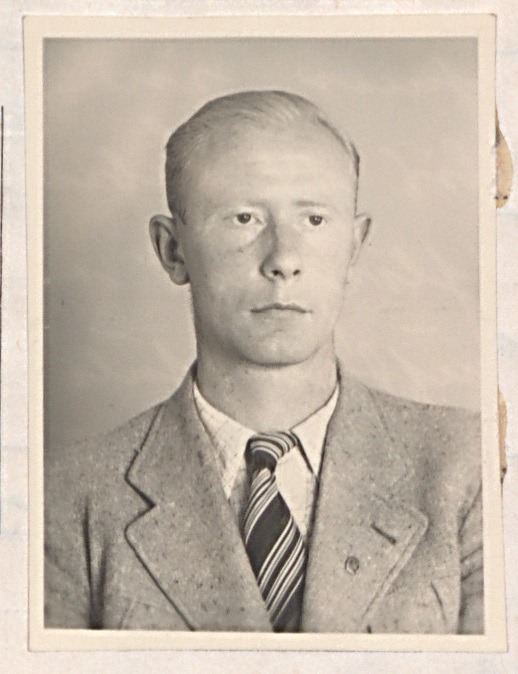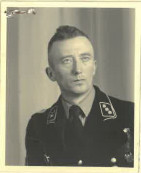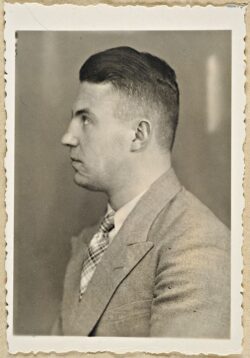Plate, Albert – Deputy Commander of Kulmhof Extermination Camp
At the end of 1941, the SS-Sonderkommando leader Herbert Lange recruited Plate to the extermination camp Kulmhof. After the departure of SS-Obersturmführer Herbert Otto in early 1942, Plate assumed the position of acting camp commander until the camp’s dissolution. In this role, Plate was a key figure in the extermination of Jews at Kulmhof. He personally shot members of the Jewish work commando selected for execution.
